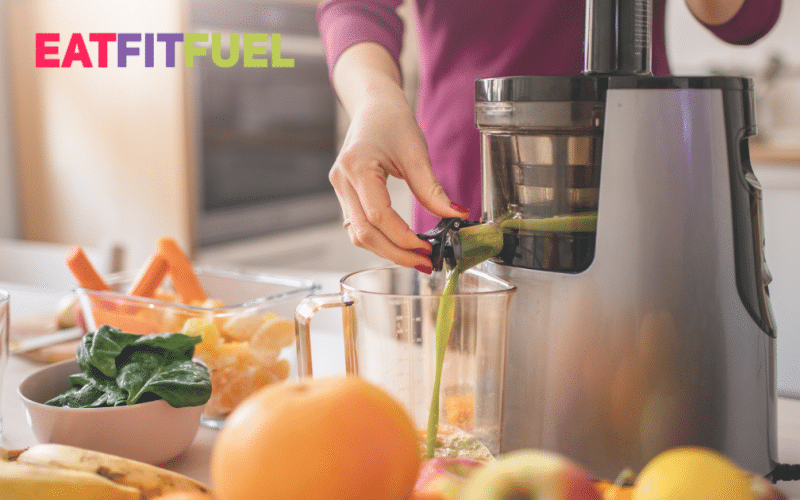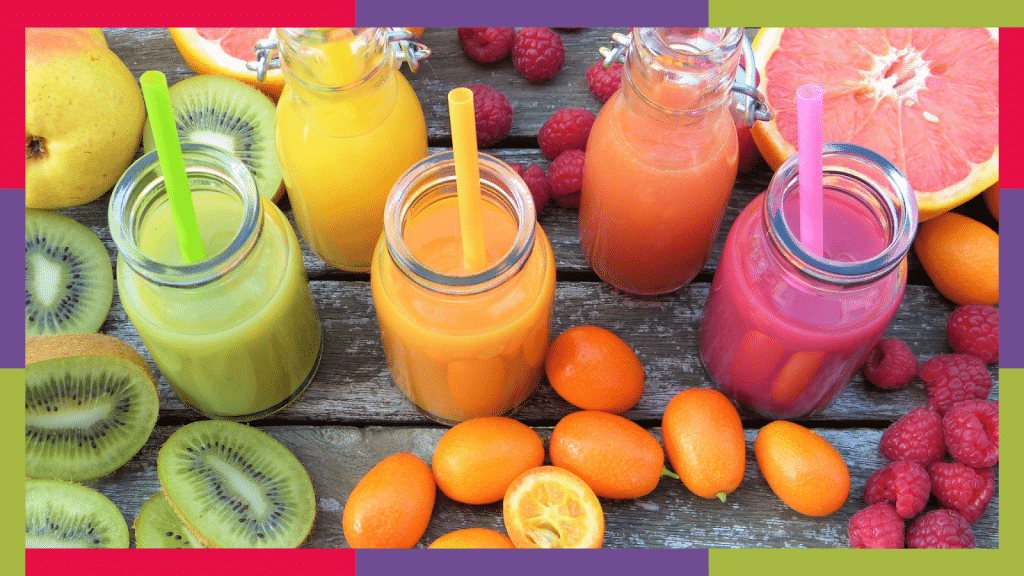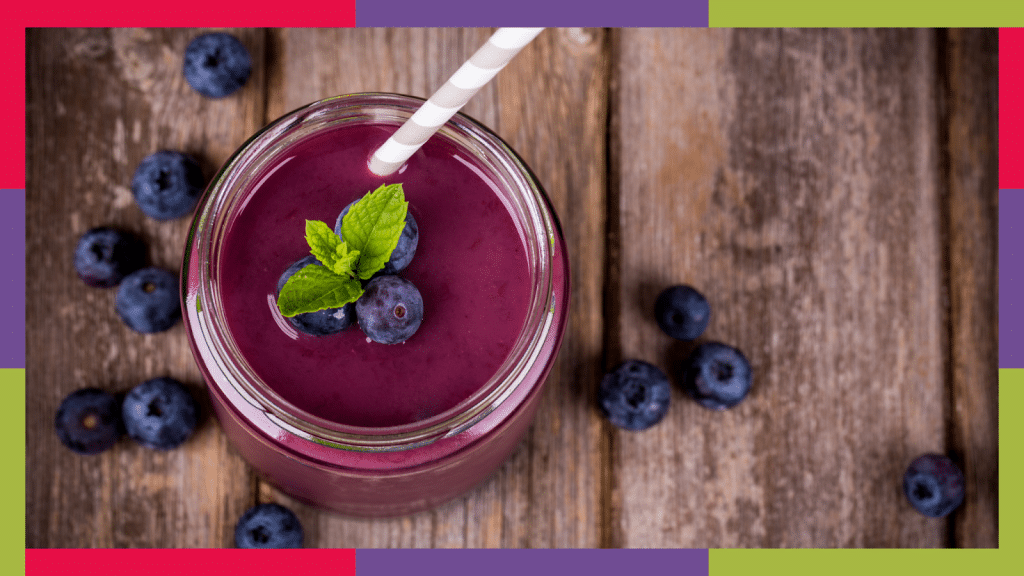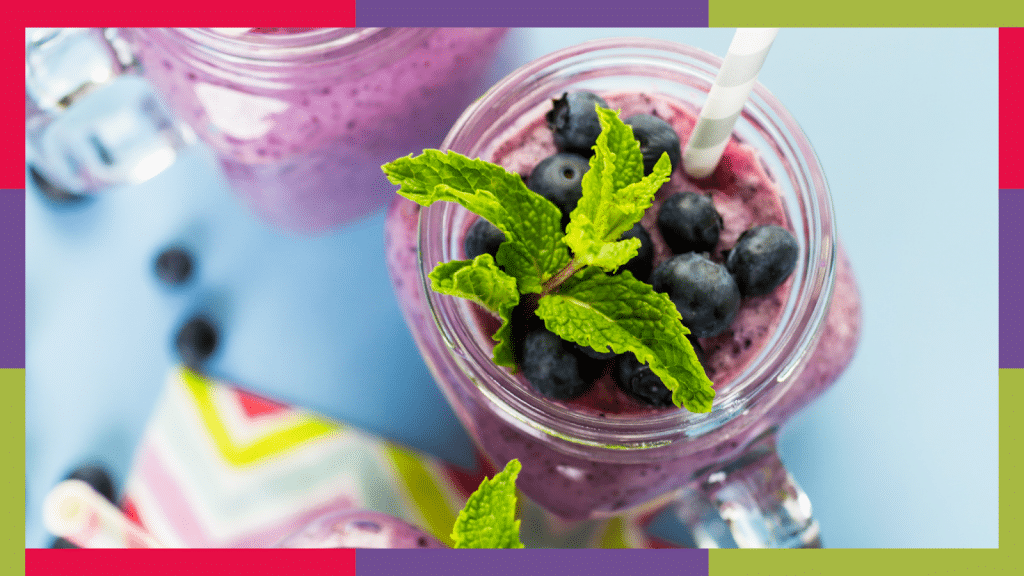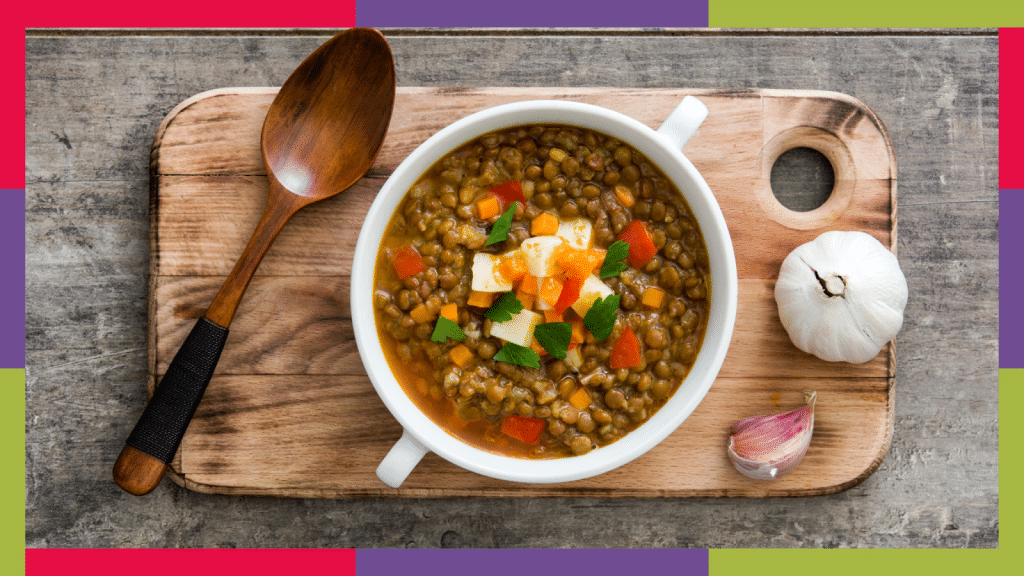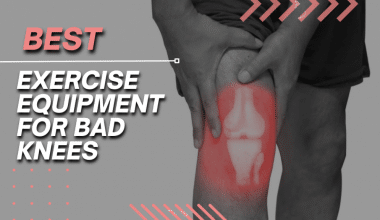Following the right food choices can help you lose some weight and tighten your belt. When we say right food choices, we mean adding more fruits, vegetables, nuts, seeds, proteins, and leafy greens to your diet. What’s more, It is even better if taken in liquid form, especially for someone who undergoes bariatric surgery.
Following a liquid diet promotes weight loss as it has fewer calories compared to the regular solid diet. So, if you are wondering, “What is a bariatric liquid diet?” and are in search of some amazing bariatric diet recipes, you have come to the right place.
Before diving into the recipes, it’s better to have a clear understanding of what a bariatric diet is.
Simply put, a bariatric diet is a food you have before and after surgery. This diet basically consists of liquid foods in the initial phases, while solid foods are introduced gradually. A bariatric liquid diet focuses on staying hydrated and includes proteins, grains, fruits, and vegetables. So, are you ready to throw out your current jeans and buy a smaller size one?
Who Needs a Bariatric Diet?
A bariatric diet is for people who undergo bariatric (weight loss) surgery. Technically, people whose Body Mass Index (BMI) is more than 35 or those whose weight-related health problems, can undergo bariatric surgery. Some health-related problems that could entail surgery include coronary heart disease, type 2 diabetes, high blood pressure, and strokes.
Before getting this surgery, however, you’ll need to make your body ready for it by lowering your calories. Besides this, having a workout routine, and stopping the consumption of caffeinated drinks also play a major role in it.
Now, to answer the question, “Who needs a bariatric liquid diet?”! I know what you’re thinking; people who undergo bariatric surgery! Duh. Well yes, while that’s true. What about the people who are slightly overweight, but have a BMI of less than 35? From a health standpoint, this surgery is not for you.
Foods to Avoid at All Costs – Post Surgery
There are certain foods that you should keep your hands off of at all costs. These include sugar-containing foods and drinks, tough and dry red meat, fiery or heavily seasoned foods, High-fat foods, and foods reheated in the microwave.
Best Liquid Bariatric Recipes for Each Phase
Before getting into the best bariatric recipes, it is important to understand the phases of a bariatric diet.
Phase 1: clear liquid diet
Phase 2: full liquid diet
Phase 3: soft diet
Phase 4: Stabilization diet
Phase 1 – Decaf Fruit punch
Looking for a slapping recipe? Well, here’s how you make a sugar-free fruit punch.
Fruit punches are great for boosting your immune system, feeling refreshed, and bringing relief from the oppressive heat. Here’s what you need and how to do it.
Ingredients:
Water – 6 cups
Blueberry tea bags (decaffeinated) – 4 bags
Stevia – fruit flavored
How To Make It:
- Start by boiling 4 cups of water, turn the stove off, and pour it into a jug once you see the water bubbles.
- Now, drop them in the tea bags and let them soak for at least 15 minutes.
- Now, remove the tea bags and add some cold water and stevia as a natural sugar replacement.
- Stir well, store it in the refrigerator, and enjoy.
Phase 2 – Watermelon Strawberry Popsicles
To add a little fun to your diet, try making watermelon strawberry popsicles.
Ingredients:
Watermelon – 2 cups cubed
Fresh Strawberry – 2 cups ( Frozen will also work)
Whey protein powder (strawberry flavored) – 1/4 cup
Stevia – for natural sweetness
Popsicle molds
How To Make It:
- Put all the ingredients in an electric blender, cover the lid, and blend until smooth.
- Now pour the blended juice into the popsicle mold and freeze until it becomes solid. Usually, it takes around 5-6 hours.
- After being frozen, you may find it hard to separate each popsicle from the mold. A quick run of the mold with warm water will do it in no time.
Phase 3 – Blueberry Coconut Smoothie
If you have been on the internet lately, it is no news to you that smoothie bowls are a smash hit. Smoothies are becoming the new cereal and people seem to love them. But why? I mean, what’s not to like when it looks appetizing and tastes flavorful?
In addition to that, it has a lot of nutritional value as well. Let’s dive into how to make one.
Ingredients:
Frozen blueberries – 1 cup
Greek yogurt or coconut milk yogurt – 1 cup
Coconut thick creme – 1/2 cup
Cashew or almond milk – 1/2 cup
Coconut oil – 2 tablespoons
Chia seeds – 2 tablespoons
Stevia
You can also add your favorite protein powder, preferably the one without any artificial sweeteners.
How To Make It:
- It’s a smoothie, guys. All you have to do is throw all the ingredients in the blender and blend it until it becomes smooth.
- Transfer it to a smoothie bowl.
- Don’t forget to top it with your favorite toppings like chia seeds, granola, and dried coconut flakes to give you that crunch satisfaction.
Phase 4 – Protein Rich Lentil Soup
Lentils are a high source of iron and protein, are low in fat, and are rich in fiber, which is good for your digestive health. Adding lentil soup to your diet can improve your overall health and scale down the likelihood of chronic diseases, such as obesity, diabetes, heart disease, managing blood sugar levels, and even cancer.
Ingredients:
Organic canola oil or olive oil – 1 teaspoon
Chopped onion – 1 cup
Minced garlic – 4 cloves
Ginger paste – 1 tablespoon
Vegetable broth – 3 cups
Balsamic vinegar – 1.5 tablespoons
Curry powder – 1.5 tablespoons
Baby spinach – 2 cups
Steamed lentils – 16 ounces
Salt – 1/4 tablespoon
Pepper – 1/4 tablespoon
Cilantro – 1/4 cup
Greek yogurt -1/4 cup
How To Make It:
- Start by heating a large pot on medium heat. Add oil to the pan then toss in the chopped onions and saute it for 3-4 minutes until the onion turns translucent.
- Next, add the minced garlic and ginger paste and let it saute for 1 minute.
- It is time to toss in the spices and stir for 30 seconds.
- Add broth, lentils, and vinegar then put it on high flame and bring it to a boil, then bring down the heat and simmer for 5 minutes.
- You can also blend the lentil mixture in the blender(optional) and add salt, pepper, spinach, and cilantro and serve with yogurt.
Tips for Following the Bariatric Liquid Diet
- It is recommended to drink at least 5 protein shakes a day.
- Consume each drink at an interval of 4 – 5 hours.
- Carbonated drinks, sodas, milk, and alcoholic beverages are a strict no-no.
- Eat and drink food slowly and chew thoroughly.
- Stay hydrated, as much as you can but avoid drinking water 30 minutes before and after a meal.
- Avoid sugar and sugar-containing beverages.
Frequently Asked Questions
Can you cheat on a bariatric liquid diet?
The answer is no. It can be tempting to have a cheat day and eat high carbs or high-fat foods for a day, but cheating on a bariatric liquid diet can have detrimental consequences. This can lead to unwanted weight gain and complicate the long-awaited surgery.
When do I drink meal replacement drinks during the bariatric liquid diet?
You can drink the meal replacement drinks during the times you usually have meals. Ideally, drinking them 4-5 hours apart is recommended.
What is the 30 – 30 rule of the bariatric diet?
Since a major part of your stomach is removed during the surgery, you are left with a smaller stomach. This means your stomach gets full sooner. By following the 30 – 30 rule, drinking water less than 30 minutes before, during, or less than 30 minutes after a meal should be avoided to avoid feeling full too quickly.
What is the fastest way to recover from bariatric surgery?
The fastest and most effective way to recover is to get active and go for short walks. The key is to promote blood circulation which boosts healing and reduces the chance of forming a blood clot.
Final Thoughts
The prime reason why someone undergoes bariatric surgery is to lose weight. Although there are a plethora of ways to do that, following a bariatric liquid diet immensely help. The nutritious recipes suggested above provide a delicious way to achieve your goals.
But, before trying out these recipes we strongly suggest you consult your physician. No, there’s absolutely nothing wrong with the recipes, but checking whether you are allergic to any of the ingredients used is always a good idea.
